- Home
- Smarter Training
- volleyball ankle mobility
Volleyball Ankle Mobility Drills
Volleyball ankle mobility, barefoot training, and tips for strengthening ankles.
Volleyball Ankle Strengthening Tips
Mobility at the ankle joint is especially important for our knees and low back.
If we get our ankles more mobile, we move better and feel better.
Volleyball ankle mobility is important for transferring forces and absorbing forces more efficiently.
Six Techniques for Improving Ankle Mobility
Drill #1 Move straight forward tracking knee over foot.
Start by planting your foot and squaring up your hips and pelvis.
Keep heel planted.
Show heel coming up (poor volleyball ankle mobility).
Move knee and body forward while keeping the foot and heel flat.
Keep the knee over the foot.
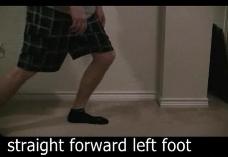
Drill #2 Work it to the outside and inside.
Keep the heel flat during the movement.
Keep heel flat while moving in and out.
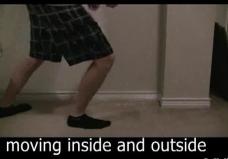
Drill #3 Foot is in eversion while working it.
Wear shoes to provide a more stable base.
Move straight forward. You'll notice range of motion is more limited while working in 3 dimensions.
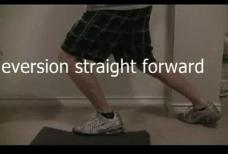
Drill #4 Foot is in inversion while working it.
Put shoes on to help with support.
Range of motion is really limited.
Keep shin in neutral.
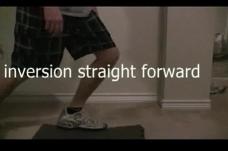
Drill #5 Band resisted ankle mobilization.
This gives more range of motion for volleyball ankle mobility.
You can see that the range of motion has increased.
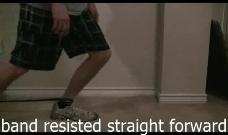
Drill #6 Band Tractioning.
The set up for the exercise...
Make sure the shoe is on really tight.
Drape the band over the top of the shoe.
Feed the band into itself.
So now you have one knot on the right side of the foot. Take one of the
bands and wrap it around the ankle. Now the first band is done.
Now, take another band and do the same thing on the left side of the foot. So now you have a band off of each side of the foot.
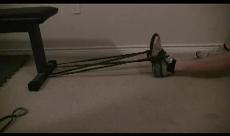
Pull toe straight back and release. After awhile, start making circles. Use the heel of the foot as the pivot point.
Do for 2 to 3 minutes per foot.
This exercise can be great from increasing blood flow and opening up the ankle.
Also, this exercise actively engages the foot while using traction.
Be sure to use the heel as the pivot point and work about 2 to 3 minutes a foot.
6 Mobility Techniques Video